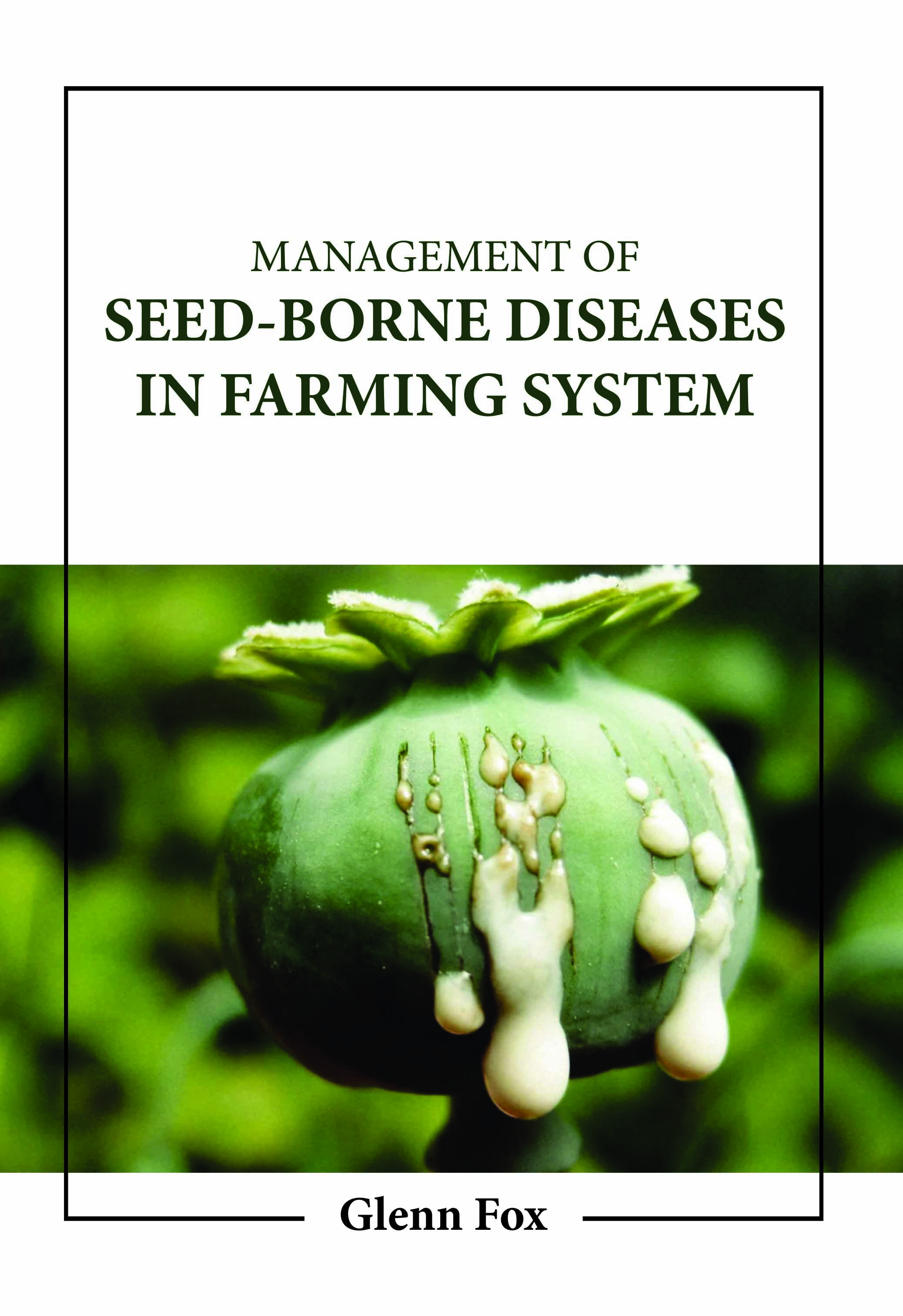
Management of Seed Borne Diseases in Farming System
by Glenn Fox
| ISBN | 9781806241170 |
|---|---|
| Publisher | Digital Drive Learning |
| Copyright Year | 2026 |
| Price | $258.00 |

by Glenn Fox
| ISBN | 9781806241170 |
|---|---|
| Publisher | Digital Drive Learning |
| Copyright Year | 2026 |
| Price | $258.00 |
The simplest component of agricultural production technology is the seed. Even in its early years, it drew farmers. The association of harmful bacteria to the seed or new plant produced from it is crucial for the seed. Numerous fungi, bacteria, viruses, nematodes, and other microbes are significant seed-borne diseases. Pathogens that are transmitted through seeds pose a severe risk to crop establishment and productivity. Such illnesses have historically been managed with a variety of efficient chemical treatments. The employment of one organism to affect a plant pathogen's activity is a general definition of biological control of plant diseases. Fungi, bacteria, or nematodes can all function as biocontrol organisms. Most microbial species live naturally in soil, and the environment and are not harmful to fish, birds, or mammals (including people). They typically have short re-entry and days to-harvest intervals and are not genetically engineered. Biocontrol organisms function by fighting the pathogen for nutrients and space, by preying on or parasitizing the plant, by triggering the plant's natural defenses, or by producing antimicrobial chemicals (antibiotics like streptomycin). In order to make an organism effective, several systems frequently work in tandem. These products must be treated differently than traditional fungicides since they are living organisms or dried spore preparations. The known ranges of all tree species contain seed fungi. Some fungal species, like the pitch canker fungus Fusarium subglutinans, seem restricted to particular pine species, and the extent of the harm they do varies depending on the region. Written by specialists in the area, the book offers thorough and integrated information on seed health management. It will benefit students and young people working in education, seed testing, and the seed industry.